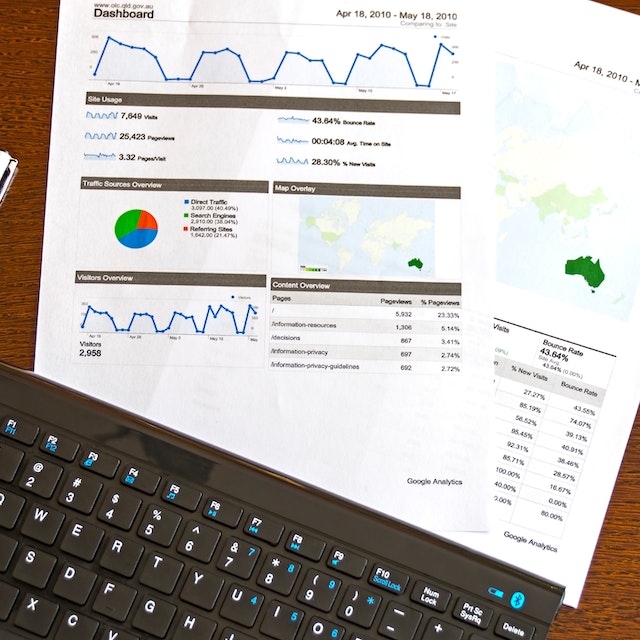An Introduction to Statistical Analysis: Unlocking the Power of Data
Post Date:
Business Coding Data
Statistical analysis is a powerful tool fundamental in decision-making across various disciplines. It is organizing, interpreting, and presenting meaningful conclusions from data. Statistical analysis empowers us to make informed choices, identify trends, test hypotheses, and uncover hidden patterns within data. This essay provides an introductory overview of statistical analysis, highlighting its significance, methods, and real-world applications.
The statistical analysis holds immense importance in today's data-driven world for several reasons:
- Data Interpretation: In an age of information overload, statistical analysis helps individuals and organizations make sense of vast datasets by extracting essential insights and patterns.
- Informed Decision-Making: It aids decision-makers by providing a systematic framework to evaluate options and choose the best action based on data-driven evidence.
- Risk Assessment: Statistical analysis is crucial in assessing risks and uncertainties, whether in finance, healthcare, or environmental science. It enables the quantification of potential outcomes and their probabilities.
- Scientific Research: In scientific research, statistical analysis is indispensable for hypothesis testing, experimental design, and drawing generalizable conclusions from data.
- Quality Improvement: Businesses and industries utilize statistical analysis to monitor and enhance product and process quality, leading to cost savings and customer satisfaction.
Statistical analysis comprises several key components:
- Data Collection: The process begins with collecting relevant data, which can be obtained through surveys, experiments, observations, or existing databases.
- Data Preparation: Raw data often require cleaning, transformation, and organization to remove errors, outliers, and inconsistencies, ensuring data accuracy.
- Exploratory Data Analysis (EDA): This step involves visualizing and summarising data using graphs, charts, and summary statistics to gain insights into the data's distribution and structure.
- Hypothesis Testing: Statistical analysis allows researchers to formulate and test hypotheses about relationships or differences within data. Standard tests include t-tests, chi-square tests, and analysis of variance (ANOVA).
- Regression Analysis: Regression models are used to explore the relationship between dependent and independent variables, making it possible to make predictions and understand cause-and-effect relationships.
- Probability Distributions: Understanding probability distributions, such as the normal distribution, is crucial in statistical analysis as they describe the likelihood of different outcomes.
- Statistical Software: Powerful software packages like R, Python, and SPSS are commonly used to perform complex statistical analyses efficiently.
Statistical analysis finds applications in various fields:
- Healthcare is essential for analysis of clinical trials, epidemiological studies, and patient outcomes.
- Finance: In the financial sector, statistical analysis guides investment decisions, risk management, and asset pricing.
- Marketing: Marketers use statistical analysis for market research, customer segmentation, and campaign optimization.
- Environmental Science: It aids in analyzing climate data, predicting natural disasters, and assessing the impact of environmental policies.
- Social Sciences: Researchers employ statistical analysis to study human behaviour, demographics, and social trends.
Statistical analysis is a powerful and versatile tool that underpins decision-making processes across various disciplines. Its ability to transform data into actionable insights is invaluable in our data-driven world. This introductory overview highlights the importance of statistical analysis, its key components, and real-world applications. As we continue to generate and analyze data at an unprecedented scale, a fundamental understanding of statistical analysis becomes increasingly crucial for individuals and organizations seeking to harness the power of data for informed decision-making.
Last Update: Sept. 11, 2023, 12:02 p.m.



